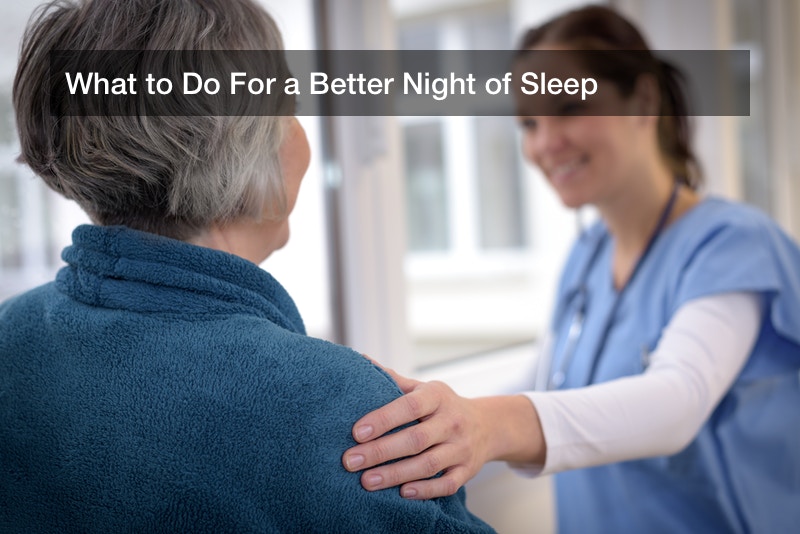

Sleep is of course a very important part of any person’s life, and children and babies in particular need to get a lot of sleep, since they’re still growing. Meanwhile, grown adults recharge their brains and energy during sleep, and sleep deprivation may have many consequences. Fortunately, there are many ways to get a fine night’s sleep, and this includes not only healthy sleep habits and routines but also the right materials. Adult waterproof bed sheets might be desired, not to mention high thread count blankets or sheets in winter and thick pillows. Meanwhile, babies have particular needs for their bedding, from fitted crib sheets to baby waterproof sheets to hypoallergenic crib sheets. The National Sleep Foundation, meanwhile, regularly conducts studies and surveys about trends and health of American sleep, and a National Sleep Foundation event may include many volunteers for sleep experiments and surveys. During these National Sleep Foundation events, that organization may learn new trends of Americans and sleep to help any person get better rest at night. What has been revealed at National Sleep Foundation events in years past? What might be found at a current National Sleep Foundation event?
Sleep Trends
A number of National Sleep Foundation events are conducted on adults and determine the results of sleep deprivation or sleep debt. A person’s health suffers in many ways if they don’t get enough sleep, so the National Sleep Foundation looks for new ways to prevent that from happening to a person. The average adult should get eight hours of sleep per night, but often, Americans get only five to seven hours instead. Over the course of a few days, this may cause a sleep debt to build up. Meanwhile, children are recommended to get 10-11 hours of sleep each night, though the actual figure is closer to 9.5. Babies need the most sleep, and often newborns may get 10.5 to 18 hours of it over the course of 24 hours. Babies and children are growing, and thus need more sleep than adults do. But everyone needs rest so that their bodies can heal and their brains can recharge and refresh, and around 82% of Americans say that they find an extra hour of sleep each night quite valuable.
The Right Sheets For Adults and Older Children
An adult’s bed will be a frame and mattress to start with, but no proper bed is complete without sheets, blankets, and a few pillows. For one thing, a mattress will have fitted sheets on it, which are tight and fit snugly on the mattress, hence the name. No one actually sleeps under them like a blanket. Instead, that person will sleep under regular blankets and sheets, and use a pillow for the head. And there’s some variance in what those sheets may be like. Linen industry standards measure sheets on merit of thread count, counting the number of parallel threads found in a single square inch of the fabric. Thread counts may be as low as 300 or as high as 800, but 40-700 is most common.
During warm weather, a person may want to use lower thread count sheets so that they don’t get too warm, and they might even omit heavier blankets during sleep. The human body naturally gets a few degrees colder at night, and being too warm may interfere with sleep. Meanwhile, in winter or other cold weather, a person may user higher thread count sheets, closer to 600-700 threads, for a softer and warmer material. These high thread count sheets may feel very comfortable and warm during sleep. And adults or children who suffer from allergies may look for hypoallergenic sheets in particular, and find them at a proper retailer. They may also find hypoallergenic sheets with the desired thread count.
Sleep Materials and Babies
Babies only need fitted sheets and pajamas for sleep, since blankets and pillows might be a suffocation hazard during unsupervised sleep. A crib will have a mattress pad with a fitted sheet on it, and the baby’s full-body pajamas (and optional hat) may act as hazard-free, wearable blankets. This may look bare-bones compared to an adult’s bed, but this setup is both sufficient for, and safe for, babies and their sleep.